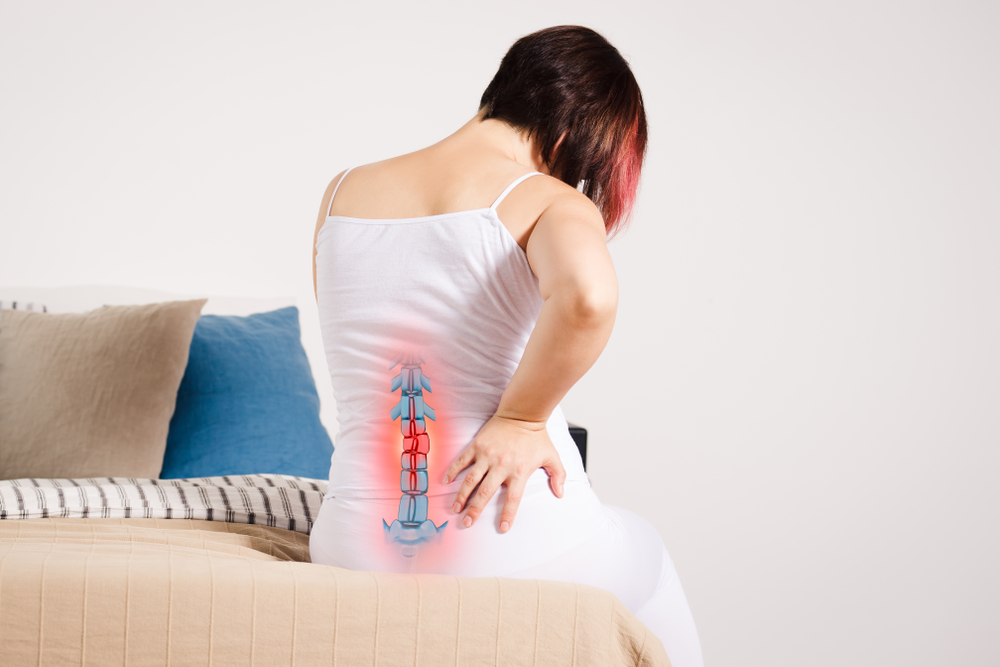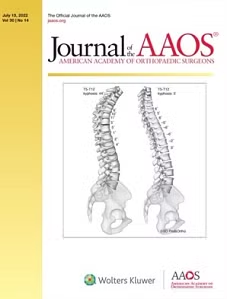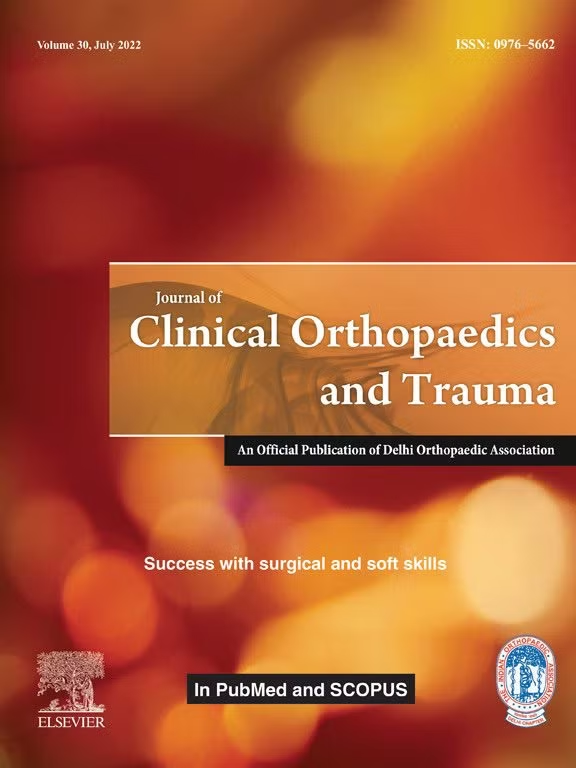
You get degenerative disk disease when your spine’s disks change naturally and cause pain. A spinal disk is like a shock absorber between your vertebrae, and this keeps your back flexible so you can bend and twist.
It’s normal for them to show signs of wear and tear as you get older. They start breaking down and don’t work as well.
While everybody’s disks break down over time, not everyone feels pain. You might have degenerative disk disease if your spinal disks are wearing out and you’re part of the pain crowd. For some patients, the pain ultimately ends by getting a non-traumatic discectomy.
Why Does it Happen?
There’s a soft core inside your spinal disks and a tough wall on the outside. Degenerative disk disease can be caused by the following changes:
- Your disks drying out. Water makes up most of the disk area in your spine when you’re born, but they get thinner and lose water as you age. Shocks can’t be absorbed as well by flat disks. As a result of water loss, your vertebrae have less padding between them. Additionally, your spine may suffer from other problems as a result.
- Your disks are cracked. Minor injuries and everyday movement can cause tiny tears in the outer wall containing the nerves. Whenever there’s a tear close enough to a nerve, it can be painful. It’s possible for a disk’s soft core to push through a cracked wall. A slipped or herniated disk can bulge or slip out of place, with nearby nerves being impacted.
How Do I Know if I Have It?
Back and neck pain will probably be sharp or constant, and there’s no one-size-fits-all scenario when it comes to symptoms. Those symptoms may include pain that:
- Is worse when you bend, lift, or twist.
- Goes away when you change positions or lie down.
- Is here and gone (volatile). It can last a few days or a few months, and it can be nagging or severe.
- Is worse off when you’re sitting, or better off when you’re moving.
- Feels like numbness and tingling in your arms or legs. Leg muscles can also get weak from it, and nerves near your spine may be affected by damaged disks and feel the effect.
- Is located in your back, buttocks, or thighs.
How is it Diagnosed?
You’ll discuss your medical history and symptoms when you visit a spinal doctor. You might get asked:
- When it started hurting; and what hurts on your spine — and where.
- Whether you’re experiencing neck or back pain, as well as requested to walk or bend to see what exactly hurts.
- If you have bone or nerve damage near your spine. Your doctor might even order X-rays or a medical imaging technique (MRI).
- Whether the pain is spreading to other parts of your body.
- Whether you’ve been injured in the past.
- If you are prone to similar problems or have a family history of them.
Disk Degeneration Symptoms are Caused by Arthritis
As you get older, your joints tend to wear out. Besides knees and hips, the spine also wears out joints. A lot of lifting, having a family history of spine problems, or having an injury to the spine can cause the joints in the spine to wear out — all combined.
With arthritis, the cartilage in the spine joints gets worn out, causing wear and tear. No matter what the cause, it’s well known that arthritis of the spine often gets worse with age. As you get older, the jelly part of the disc begins to dry up — and for some individuals, it may happen faster. By doing this, the bones on either side of the disc can get closer together, and this puts added stress on the bones as they get closer. Too much stress can also impact your joints around the bones.
In response, your bones and joints make spurs, and over time these spurs can pinch your arm nerves. The nerves can cause pain and sometimes the symptoms mentioned above.
Arthritis of the spine usually doesn’t hurt or cause symptoms, so oftentimes nothing needs to be done. It depends on how severe the symptoms are, or if it even causes symptoms. A gentle stretching program and heat or ice are used if symptoms are only stiffness and soreness. You can even take medication if the pain doesn’t go away.
Regarding possible testing: “The main reason to perform tests is if the symptoms are getting worse despite treatment, and if the pain is severe or you have signs of nerve damage — particularly nerve damage that is getting worse,” states a recent university medical report. “The signs of worsening nerve damage would be increasing tingling or numbness, weakness, and sometimes increasing pain. If the physician is concerned you might have a pinched nerve, then the best tests would be an MRI of the neck or occasionally a computed tomography (CT) scan. Another test that can be done to see if the nerves are involved is called an electromyography (EMG) or a nerve conduction study (NCS).”
What Treatments are Available?
Treating degenerative disk disease is all about easing pain and preventing more damage. Depending on your symptoms and how serious your condition is, your doctor will recommend the best plan for you. You might get treated with:
- You can fight inflammation with over-the-counter pain relievers like aspirin and ibuprofen. You’ll feel better and your swelling will go down. You might need a stronger painkiller; it depends. Muscle spasms can also be caused by degenerative disk disease. You might get a prescription from your doctor to help you feel better.
- Physical therapy. Exercise strengthens and stretches the muscles in your neck and back, and it’s good for the spine too.
- Steroid shots. Pain, swelling, and inflammation are eased with these. There are several ways to get a shot in your back. You can get one in the epidural space in your back (an area around your spinal cord that’s filled with fluid). Or you can get one in a nerve or muscle.
Surgery: The Last — and Sometimes Best — Option
Your doctor may recommend surgery if other treatments don’t work. A non-invasive discectomy removes the injured part of the disk and your nerves are relieved. A spine surgeon might remove the whole disk and install an artificial one. After the disk is removed, the specialist might even fuse (permanently connect) your spine bones, depending on what is right for you.
More specifically, a lumbar discectomy or a minimally invasive spinal fusion are surgical marvels. In a discectomy, your surgeon will remove a herniated or degenerative disc in your lower spine that’s pressing on a nerve, all carefully and safely accomplished through an incision in your back.
Here’s the important part: it eases pressure on your spinal cord. While your surgeon can use different methods to do this, there’s a good chance an outpatient discectomy surgery will help if physical therapy or medication doesn’t work, or if you have signs of nerve damage such as weakness or loss of feeling. Although surgery can be “open,” it’s usually the smarter choice depending on your particular circumstance. Awake Spinal Fusion is here to help.






